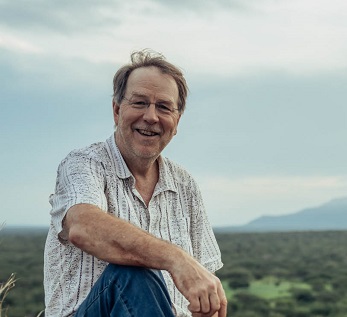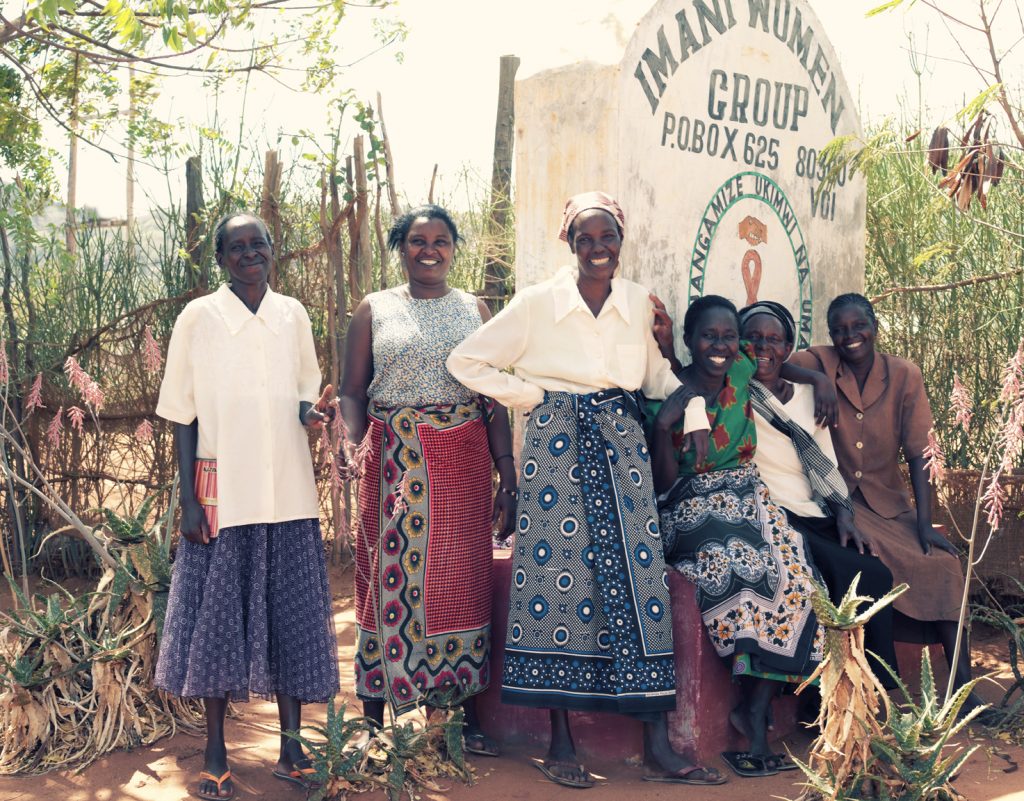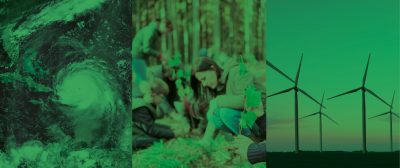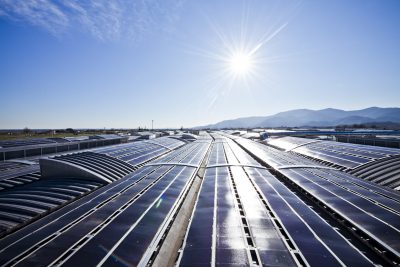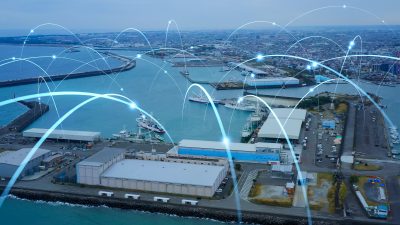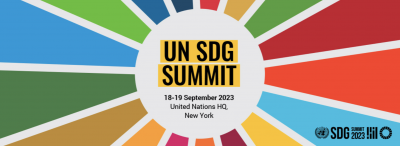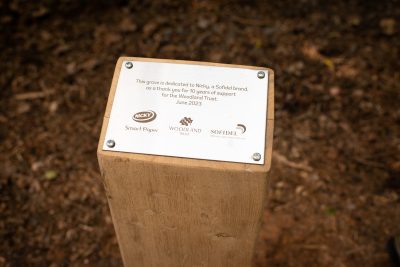Mike Korchinsky founded Wildlife Works 25 years ago, with the aim of applying innovative market solutions to conservation projects all over the world. He talks to Future about how carbon markets are enabling local communities in the Global South to earn revenue from the global carbon credit marketplace for protecting their biodiversity and threatened forests
Wildlife Works’ first conservation project was establishing Rukinga Wildlife Sanctuary in 1997 in the Kasigau wildlife corridor in South East Kenya, an 80,000 acre protection area that includes an eco-factory producing sustainable casual clothing. In 2005, Wildlife Works applied its market-based conservation model to fit the REDD+ model and created the Wildlife Works Kasigau Corridor REDD+ Project, which now covers 500,0000 acres, It became the world’s first Verified Carbon Standard (VCS) REDD+ ‘mega project’ and will result in the avoidance of more than 1.5 million tonnes of CO2-e (equivalent) emissions per year for the next 30 years.
Now Wildlife Works is the world’s leading REDD+ (Reducing Emissions from Deforestation and Forest Degradation in Developing Countries) program development and management company, working with the REDD+ framework* to reduce emissions from deforestation, increase sustainable management of forests and enhance forest carbon stocks in developing countries.
Mike Korchinsky believes that community-led REDD+ is a force for good, as well as providing an incentive for others to be a force for good. Here, he discusses the challenges and opportunities offered by a market solution to community-based conservation.
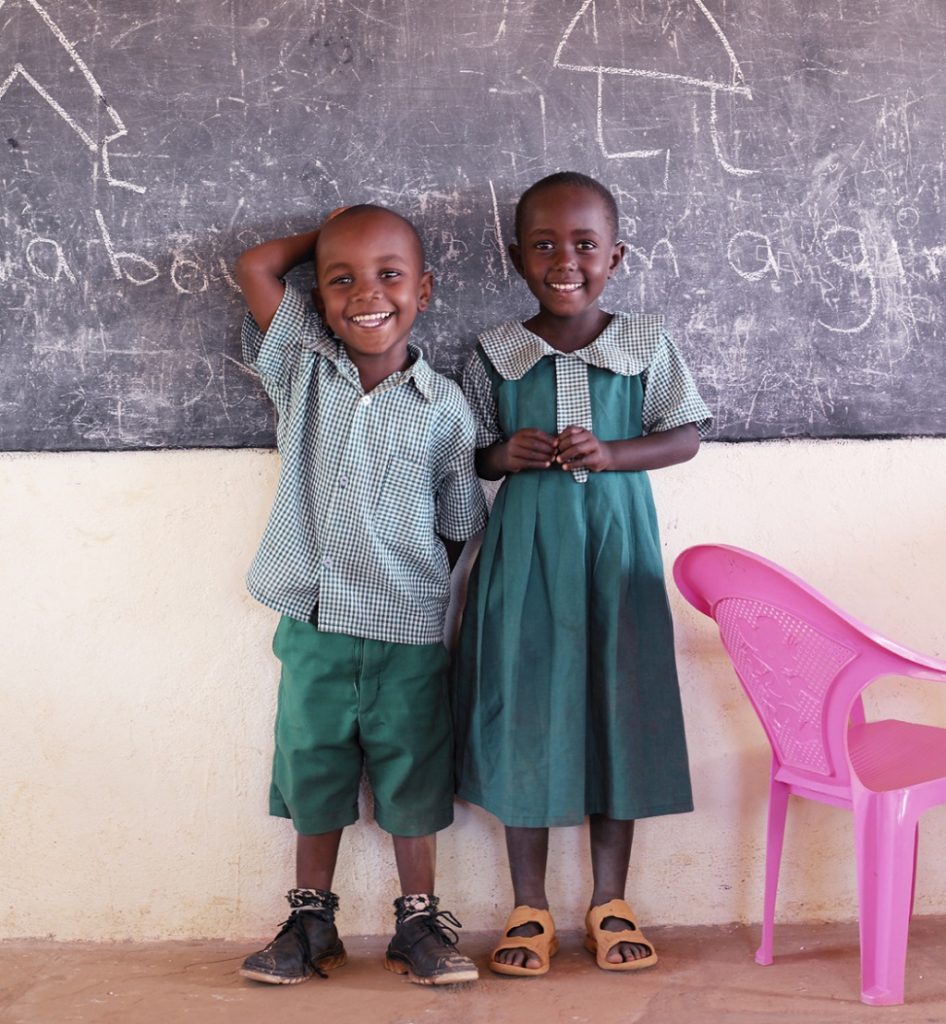
How did you become involved in community-based conservation?
Mike Korchinsky: When we started, we wanted to introduce a new model for wildlife conservation that was market-based and focused on the needs of communities that share their environment with wildlife. We tried many ways to connect market finance to conservation – not particularly successfully, I admit. But in the mid-2000s, along came REDD+, which we feel is a uniquely well-designed mechanism for the markets to engage in both climate mitigation and conservation through the preservation of forests.
We were well aligned with the idea of REDD+ from the beginning. We’d always planned that we were a business that would try and find a way to create sustainable solutions for wildlife conservation, working with local communities. We took that idea into the carbon market in Kasigau, and we were able to get that project through the international certification process as the first of its kind in the world.
“We were well aligned with the idea of REDD+ from the beginning”
Mike Korchinsky, Wildlife Works
Our goal is to introduce this model as a complement to traditional conservation. We’re not seeking to displace traditional conservation – it has a very important role to play, but we think it has its limits. We’re trying to provide an alternative in areas where the challenge is primarily an economic one of how do we invest in communities so they can preserve their wilderness and wildlife and see it as an asset.
What appealed to you about REDD+ in particular?
Mike Korchinsky: REDD+ is about rewarding people for doing the right thing. The value of a project under the REDD+ mechanism is based on really two elements: what kind of threat is the forest under, and how much carbon is in the forest? The larger the forest, and the greater the threat, the higher the potential carbon value and the higher the cost to mitigate that threat. So, REDD+ is aligned with the real-world incentive that is needed in order to encourage people to invest in a different future.
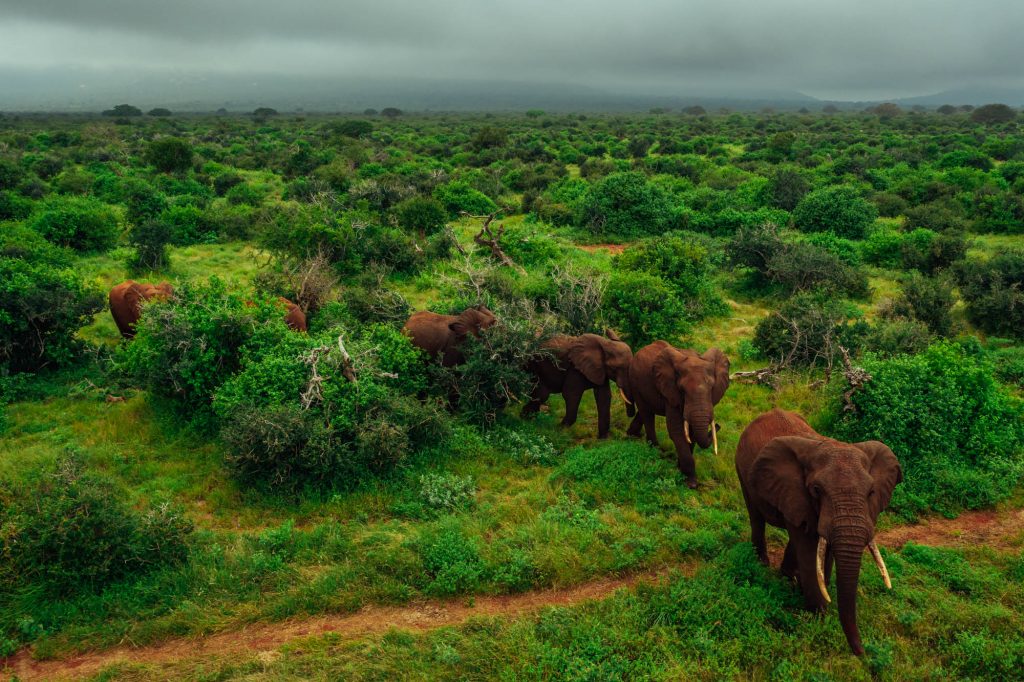
Which projects have really defined Wildlife Works over the past 25 years?
Mike Korchinsky: We always start with Kasigau and Kenya, because it was our first project. It set the tone for how we engage with local communities. It’s also our best example of a mature project because the carbon funding has been running for nearly 15 years.
But then the most important strategically for us is our project in the Democratic Republic of the Congo (DRC). The Congo Basin Forest is the second largest tropical forest on Earth, behind the Amazon. But the DRC, 12 years ago, was perceived as a place that was difficult to work in because of the obvious challenges in a country that has very little infrastructure and has been neglected because of civil strife. It needed a solution like REDD+. The government has embraced REDD+ as part of its national development agenda, so this is the project we’re probably most proud of.
Where else has Wildlife Works been making an impact?
Mike Korchinsky: The one place in which we have the most projects is Colombia, in South America. Colombia is another country that is very dangerous to work in because of the remaining rebel or guerrilla groups. But we work there with indigenous people who have been neglected by the global marketplace.
Then there’s Cambodia, which is probably the country in which the national government has the biggest stake in REDD+. It has direct engagement with probably the highest proportion of the national forest estate under REDD+ funding now than any other country in the world.
Each country has its unique aspects, whether it’s Amazonian biodiversity or elephants in India, or orangutans in Indonesia. For us, there’s always a high conservation value in the places we choose to work within those countries.
“There’s always a high conservation value in the places we choose to work within those countries”
Mike Korchinsky, Wildlife Works
What additional action would you like to see from national governments to support Wildlife Works’ initiatives?
Mike Korchinsky: Many of these governments in the Global South have been willing participants in the aid model so they’ve got into a habit of allowing other governments to dictate their agenda based on funding. And what we’re seeing now is a real desire to control their own future, through their own decisions, and only take the donor funding where it’s in line with what they’ve already decided to do.
In the countries we have worked with, we are very happy to share with other governments to try and make sure they understand the needs of the market, and that they understand there are other sources potentially of funding that will not impose a particular worldview on them. That’s one of the things that we see as a need going forward: to help them understand how important the voluntary carbon market can be and that attracting corporate interest that supports their strategy, rather than dictating any aspect of their national policy.
Given the vast scale and scope of the climate crisis, what makes you feel optimistic about the challenges we face?
Mike Korchinsky: I’m an engineer by training and perhaps because of my logical worldview, I feel we have an obligation to invest in the Global South in ways they want us to invest, that will benefit all of us in the long run.
I’m not suggesting REDD+ is the answer to all the world’s woes or all the deforestation – but we’ve seen it work. As an engineer, you have a hypothesis, and you test it, and if it works, you start to believe it. And we’ve seen it work and we’ve seen how powerful it has been to connect market forces and finance to these communities. We’ve lived through that as a company, so we know how powerful it is. And so that’s what makes me optimistic.
Further details:
For more information on Wildlife Works, please visit wildlifeworks.com
* The REDD+ framework was created by the UNFCCC (United Nations Framework Convention on Climate Change) Conference of the Parties (COP): https://redd.unfccc.int/
